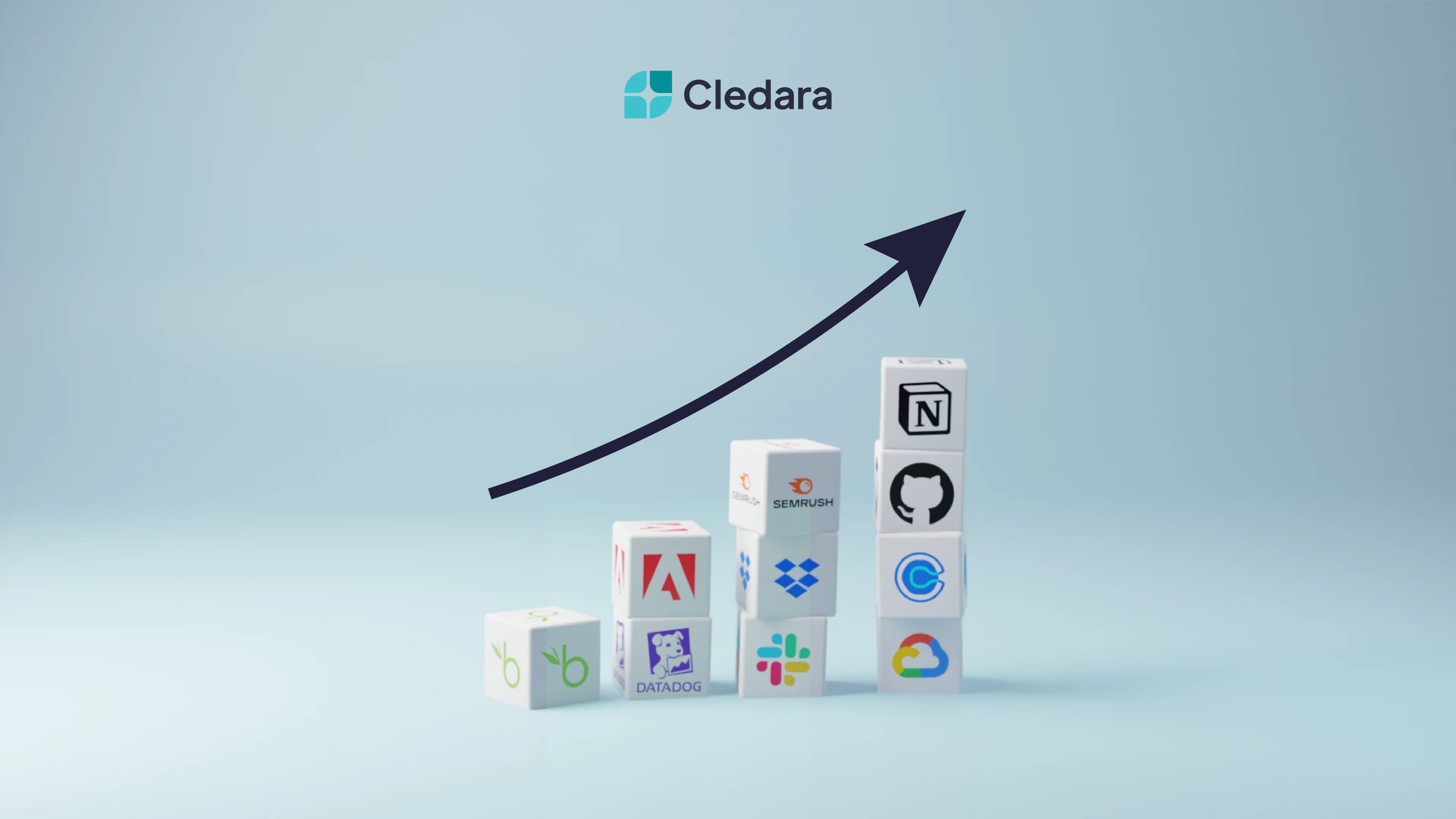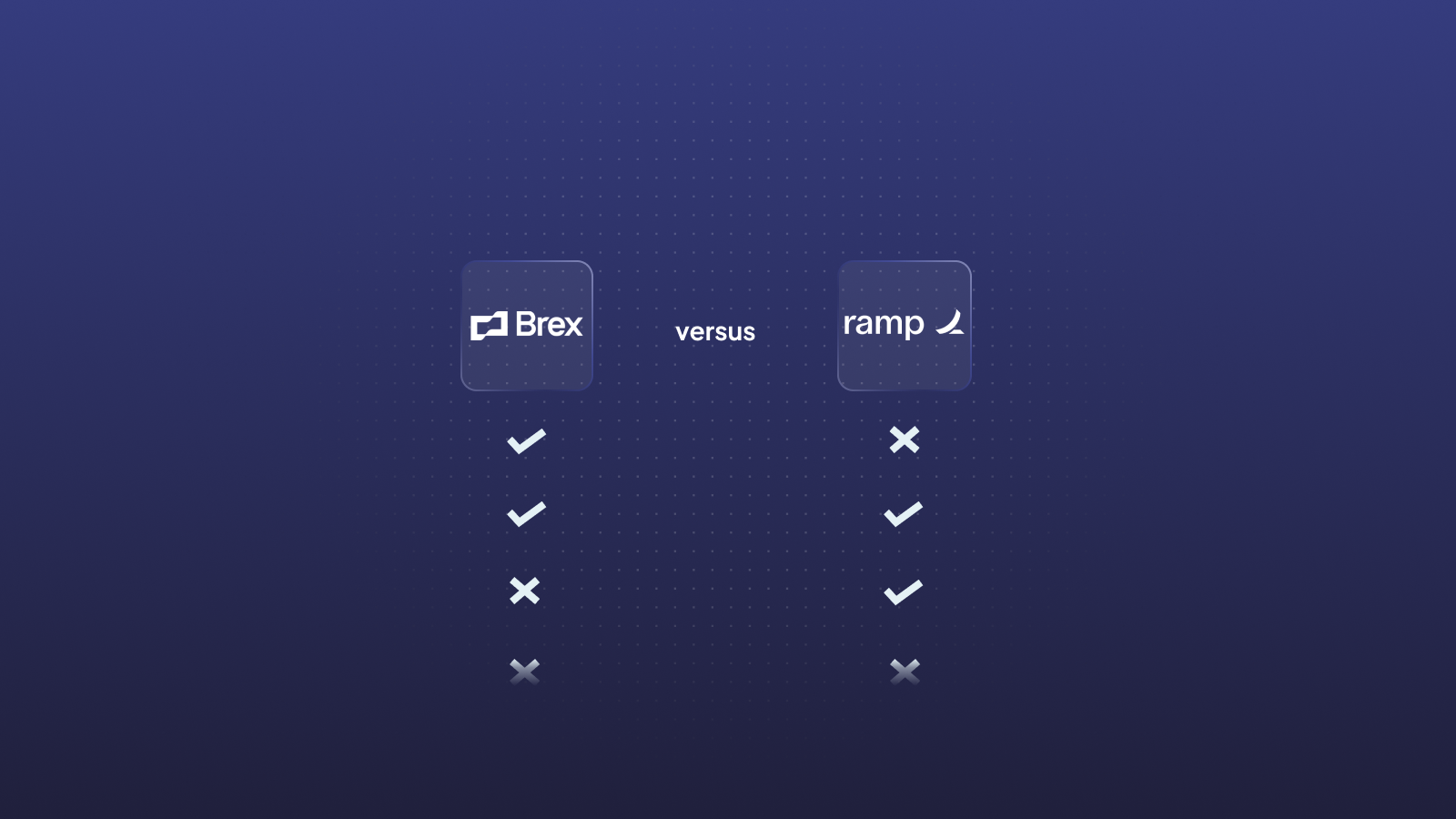Are you a SaaS or subscription-based business looking to weather the storm of a tough market? Look no further than Patrick Campbell, founder of ProfitWell, a company that specializes in SaaS subscription pricing. He spoke at Saastock Barcelona Feb 22nd and the talk was packed with valuable insights and actionable steps for companies to improve their pricing and retention.
Patrick's background in econometrics and math, as well as his experience working in US intelligence and at Google, gives him a unique perspective on the industry. His company has access to data from 37,000 SaaS and subscription companies, which he used to provide insights into the market.
While his data might be a little…scary, he also provided actionable steps that companies can take to prioritize the team, focus on retention, optimize pricing, and reduce churn.
Key Takeaways**
- The SaaS and subscription market in 2023 is certainly facing challenges, including a dip in B2B markets and increased competition.
- By focusing on the team, product, and customer, businesses can improve their positioning and target segments for success.
- Multi-product companies tend to grow at higher rates than those with only one product, and expanding revenue from existing customers is crucial.
- Raising prices can be necessary to ensure a sustainable business model, but should be done strategically and with research on appropriate price points and messaging.
- Strategies such as offering loyal customers discounted prices, optimizing return length, and having a touchless cancellation flow can improve customer satisfaction and retention.
Keep reading for juicy stats and takeaways from Patrick’s talk at Saastock Barcelona. And don’t forget to follow Patrick on his Linkedin or Twitter.
The Challenges Facing the SaaS Market**
What did Patrick have to say that was so scary? Well, the market for SaaS and subscriptions isn't great. In fact, it's pretty rough. Patrick presented graphs that showed a significant drop-off in revenue for many companies, particularly in the e-commerce market. Consumer products were hit hard by the COVID-19 pandemic, and e-commerce is particularly sensitive to economic changes.
The good news is that he provided actionable steps that companies can take to weather the storm. He recommended focusing on retention, optimizing pricing, and reducing churn. These are all things that companies should be doing anyway, but they become even more critical in a tough market.
According to Patrick, the B2B market tends to weather economic downturns better than consumer markets, as they are typically larger in size. He notes that the COVID-19 pandemic caused a dip in B2B markets but suggests that this wasn’t necessarily a cause for concern as this dip is similar to how 2008 started and that well capitalized companies navigated it well.
Other highlights:
- The increased competition in the SaaS market, with the number of competitors having increased by 16 times over the past 10 years. He attributes this to the fact that nowadays practically anyone can start a SaaS company and drive traffic to their website.
- Moreover, branded marketing channels haven't been established, and as a result, customer acquisition costs have increased significantly.
- Patrick notes that the challenges facing SaaS businesses are compounded by the fact that teams are leaving their roles at a faster rate than ever before, making it harder to find and retain good people.
Strategies for Weathering the Storm**
While there was a bit of a boost from the pandemic, the B2B market is starting to see a decline in growth rates. This is due to new sales slowing down, and churn and downgrades increasing.
However, Patrick believes that this is an opportunity for businesses to focus on fixing things and setting themselves up for success. He recommends going back to the fundamentals of business and focusing on the team, the product, and the customer.
The Importance of Back to Basics and Target Segments**
One way to do this is by reevaluating your target segments and making sure you're going after the right customers. Additionally, businesses should focus on reducing headwinds and increasing tailwinds to drive growth. While there are challenges in the industry, Patrick believes that with the right approach and mindset, businesses can succeed even in the midst of a downturn.
Expanding Revenue from Existing Customers**
He emphasized the importance of getting back to the fundamentals and re-evaluating your business's positioning and target segments. By doing so, businesses can avoid wasting time and resources on unprofitable ventures and focus on expanding revenue from existing customers.
“The best subscription companies out there have 20% or more of new revenue coming from existing customers, but for most it’s 0%!”
Patrick suggested that multi-product companies tend to grow at higher rates than those with only one product. Thus, companies should consider creating new products or offering add-ons to increase revenue from existing customers. For example, offering priority support can result in significant profit margins and increased lifetime value for customers.
“Multi-product companies grow at 30-50% higher rates than single product companies.”
Focus on the Team, Product, and Customer**
Ultimately, businesses need to prioritize their team, as a strong team is crucial to success in a challenging market. By focusing on reducing headwinds and increasing tailwinds, businesses can improve their operations and position themselves for success in the coming months.
One key strategy is to focus on expansion revenue, which tends to stay the same or even accelerate during downturns. Businesses should look for opportunities to sell additional products or services to existing customers, which can be a powerful way to increase revenue and build loyalty. Campbell recommends that businesses try to have at least 20% of their new revenue each month coming from their existing customer base.
To identify potential new revenue streams, Campbell suggests looking for product or feature functionalities that are used by less than 40% of customers. These are ideal candidates for add-ons that can be sold separately for additional margin.
“Lifetime value is 18-54% higher for customers with at least one add-on.”
Consumers in Different Regions Have Different Willingness to Pay**
Campbell also recommends businesses consider internationalizing or localizing their pricing strategy to take advantage of different willingness to pay in different regions.
Read more about localizing SaaS pricing for your market here.
Communicating Price Increases Effectively**
Another strategy for driving revenue growth is to raise prices. While many businesses are hesitant to do this, Campbell argues that it is often necessary to keep up with increasing costs and ensure a sustainable business model. To do this effectively, businesses should conduct research to determine the appropriate price point and messaging that will resonate with their target audience.
Overall, businesses that are willing to be proactive and adjust their strategies during downturns are more likely to succeed. By focusing on expansion revenue, identifying new revenue streams, and raising prices strategically, businesses can protect themselves during uncertain times and position themselves for long-term success.
- One key strategy is to provide data on how much value your product has provided, such as how much money it has made or how many contacts it has generated. This will remind customers of the benefits they have received and why they should continue to invest in the product.
- Another strategy is to frame the price increase as a way to improve the product for the benefit of the customer, such as by hiring engineers or developing new features. This creates a sense of partnership between the company and its customers, making them more likely to accept the price increase.
- Additionally, offering loyal customers a discounted price for a set period of time can help soften the blow of the price increase.
- Campbell also recommends optimizing return length by encouraging monthly customers to switch to an annual or quarterly plan. This can significantly increase their lifetime value, but it's important to wait until they have had enough time to see the value of the product before asking for a commitment.
- Lastly, when customers indicate that they want to cancel, it's important to have a touchless cancellation flow that allows for a brief window of time to ask them why they are leaving and what they liked about the product. This information can help improve the product and retain customers who may be considering leaving.
Email Template for Communicating Price Increases**
This style of email has worked for companies in the past, and Patrick suggests changing it up to suite your specific customers:

By implementing these strategies, companies can successfully increase prices while maintaining customer satisfaction and loyalty. In the ever-changing world of SaaS and subscription markets, it's important to stay informed and adaptable to the latest trends and strategies.
Signup for Cledara's Next Event**
We run events like this across the US, UK, and Europe, so be sure to subscribe below to be notified. And are you looking to take your SaaS business to the next level and optimize your SaaS subscriptions, and save on costs? Look no further than Cledara, the leading SaaS management platform. Book a demo today to gain access to a wealth SaaS insights personalized to your business that will help you stay ahead of the curve.






.webp)


.webp)

.webp)



%2520(1).webp)
.webp)
